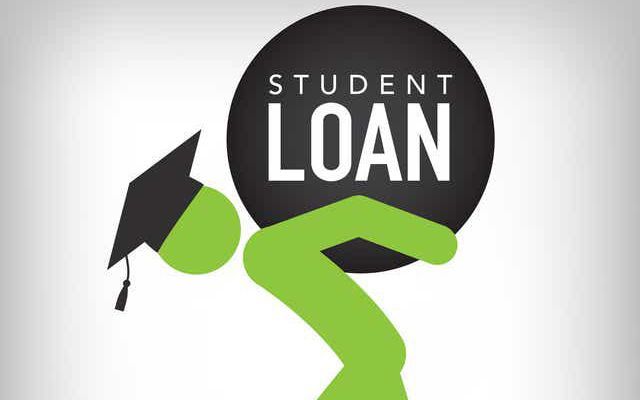
In a measure to provide financial relief for student loan borrowers who were impacted by COVID-19, the United States Department of Education (USDOE) automatically suspended all student loan payments and collections for all eligible borrowers on March 13, 2020. The USDOE announced on December 22, 2021, they would extend the pause on student loan collections until May 1, 2022. However, President Biden proposed a student loan cancellation plan which was struck down by the Supreme Court in June 2023, which resulted in student loan repayments beginning in October with interest rates starting to accrue in September.
On December 15, 2023, the USDOE reported that about 28 million borrowers, or about 60%, with loan payments due in October, resumed making payments. Some servicers faced federal penalties for failing to provide timely bills, and those numbers are not included in the data. Many others have been trying to access repayment options or cannot afford to make any payments. The administration has implemented a policy called “on-ramp” to repayment which gives borrowers until September 2024 before they face delinquency, default, or mandatory collections. However, with interest accumulating on these dates, the total amount owed will be higher for those borrowers. We encourage borrowers to look at their options, some of which are described in this article. (See: https://blog.ed.gov/2023/12/a-first-look-at-student-loan-repayment-after-the-payment-pause/.)
While the Cares Act came at an amiable time for many due to their inability to resume payments from the lasting impact of COVID-19, there are many options for loan forgiveness that student loan borrowers need to consider. Different options are available based on the type of loan and when the loan was entered into. A crucial first step is going to www.studentaid.gov to locate the essential loan information borrowers need including the loan servicer, contact information, and inventory of loans.
A longtime option for borrowers is the income-based repayment plan that has been available since 1995, which allowed borrowers to enter in a repayment plan based on income and family size with the promise to discharge after twenty or twenty-five years of repayment. However, there is a new income-driven option known as the Savings on Valuable Education (SAVE) plan (See: https://studentaid.gov/announcements-events/save-plan.) The SAVE plan protects up to 225% of the poverty line where borrowers are allowed to fully repay their loan or qualify for forgiveness irrespective of the length of time. The SAVE plan also has an interest subsidy, waiving all uncovered interest. As of December 15, 2023, about 5.5 million low-income borrowers are enrolled in SAVE, with 2.9 million eligible for monthly payments of zero.
Although many in the Public Service industry did not benefit from the statute enacted in 2007, new regulations were passed in July 2023. The new regulations may provide eligibility for individuals working in the Public Service Industry, who may have been previously ineligible for the Public Student Loan Forgiveness Program. To qualify for the Public Student Loan Forgiveness Program, the individual must work for a qualifying employer such as a 501(c)3 non-profit, work full-time, 30 hours a week for 120 months, and have a Direct Loan or consolidate to a Direct Loan. www.studentaid.gov provides a form for the Public Student Loan Forgiveness Program where borrowers can file this form and employers can sign and certify that the borrower is a full-time student. The borrower can track their application by logging into the MOHELA website to see their application process.
Following 2022, the changes in the policy benefit borrowers who consolidate older student loans. Consolidation will allow the borrower to preserve progress towards forgiveness based upon a weighted average of the progress towards cancellation while getting the maximum level of preservation. Moreover, borrowers may be in and out of forbearance, but they may be able to get credit if they make payments to cure the non-qualifying months. However, there will be a process to review and if the borrower does not apply for reconsideration within 90 days of a notice of denial, they may lose their right to reconsideration. In addition, the tax exemption for forgiveness expires in December 2025 unless extended.
There are additional options for borrowers who are disabled, a victim of consumer fraud, or a borrower enrolled in a school that closed before they graduated. Borrowers who are permanently disabled can apply for a disability charge if the borrower can provide proof from the Social Security Administration, VA, or a physician stating the borrower has a disability that lasted for 60 months, will last for 60 months, or results in death. The application for disabled borrowers can be found at www.disabilitydischarge.com. However, borrowers who are a victim of consumer fraud or enrolled in a school that closed before they graduated may apply for student cancellation or discharge through www.studentloanborrowerassistance.org.
While borrowers are eager to see if Congress takes action toward more universal student loan forgiveness, borrowers are advised to make informed decisions based on all the options given for repayment. The burden is placed on the borrower to ensure they are receiving the best repayment plan to suit their financial needs.

